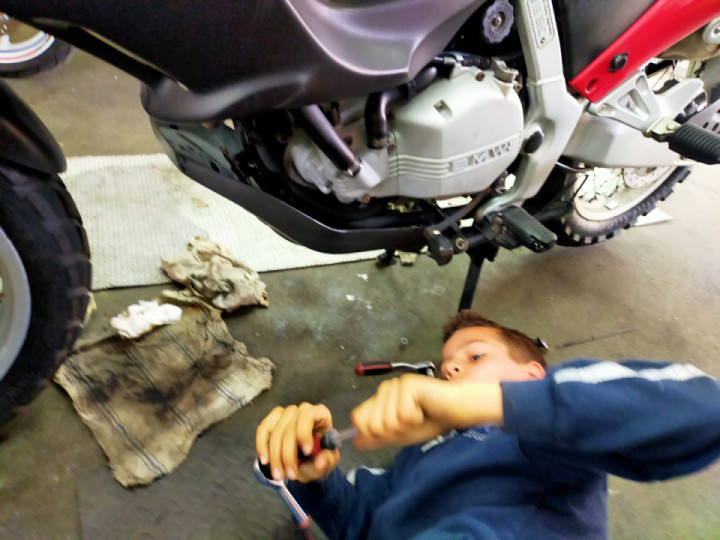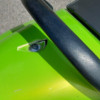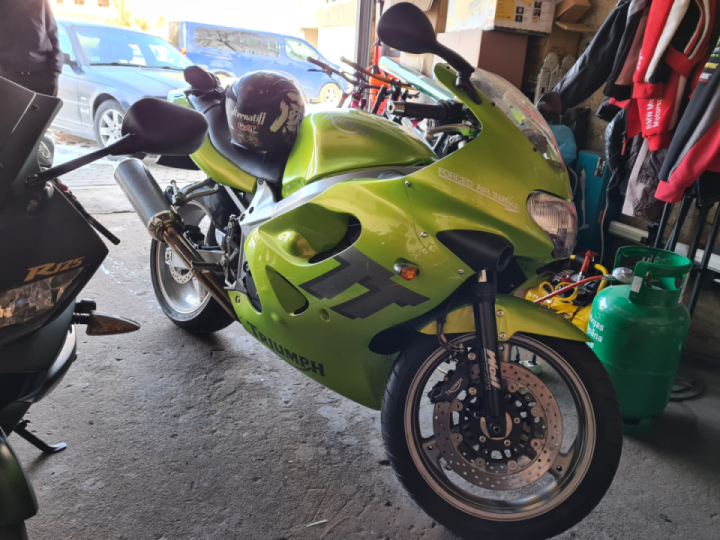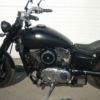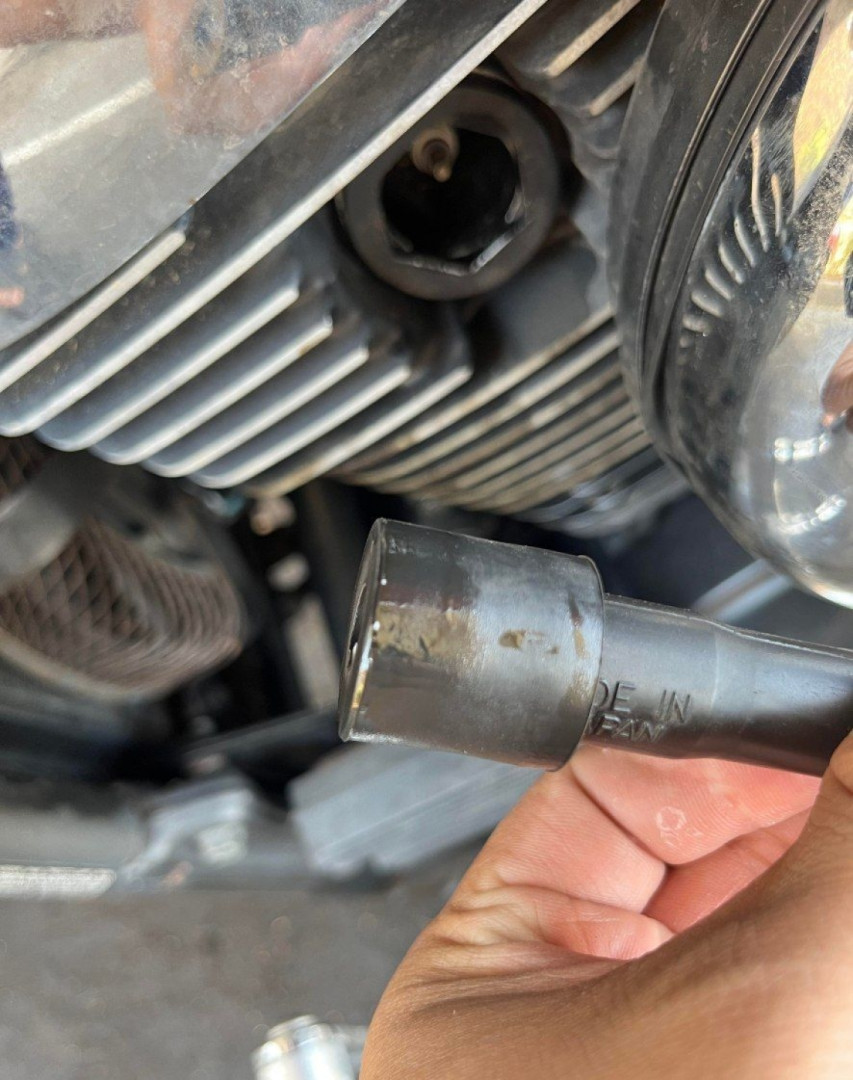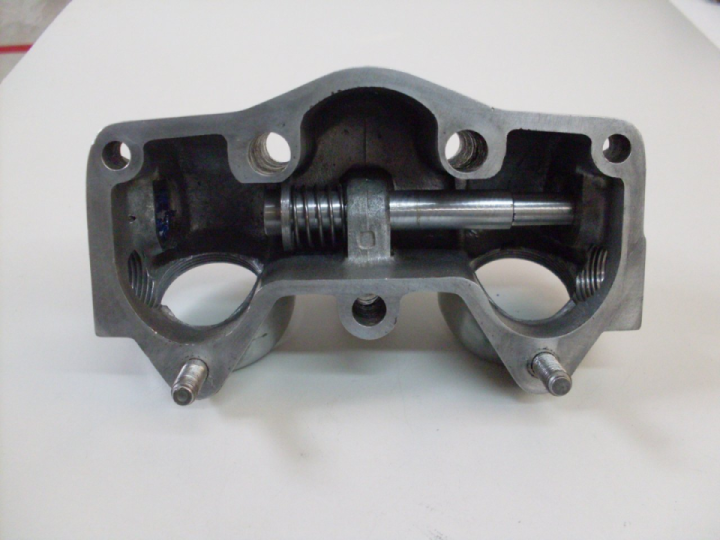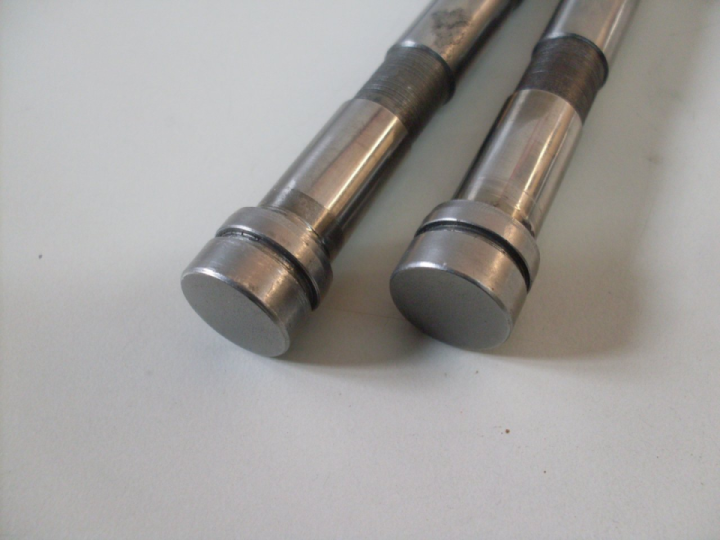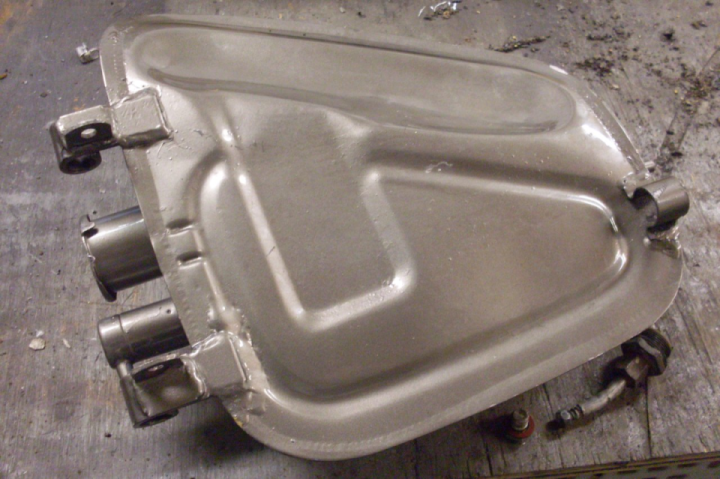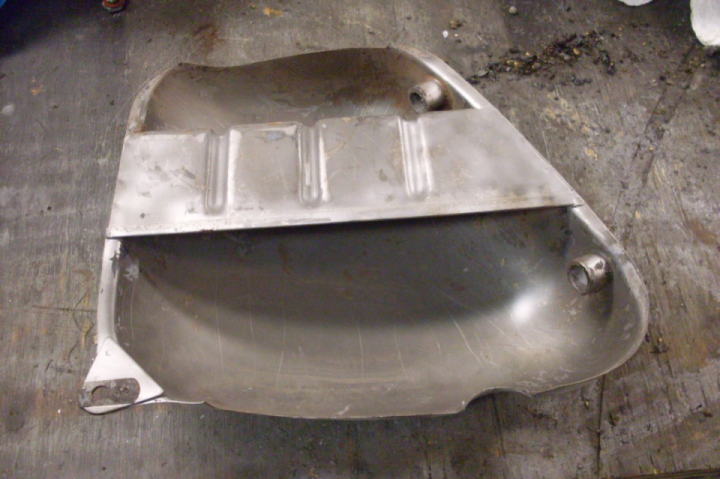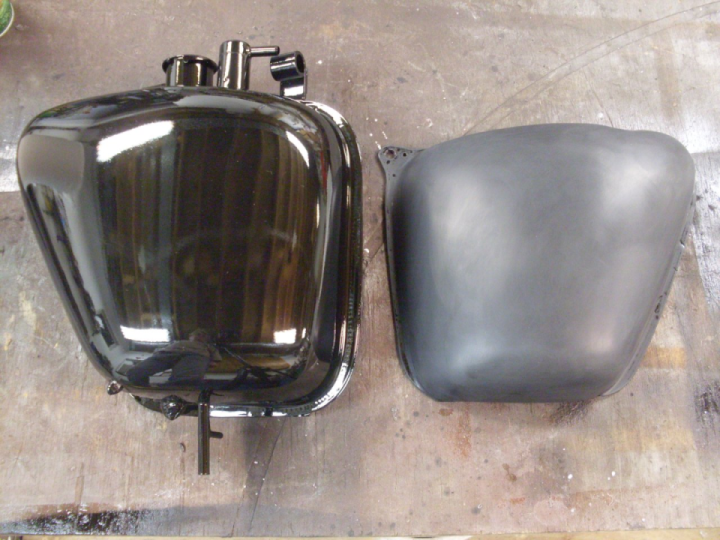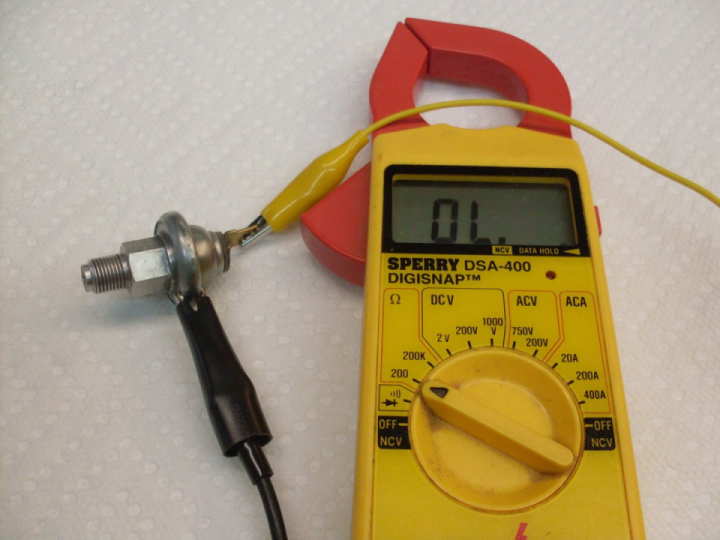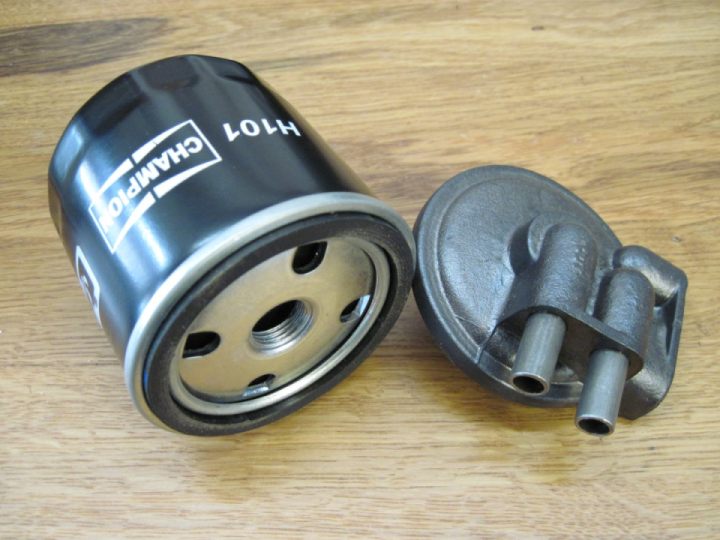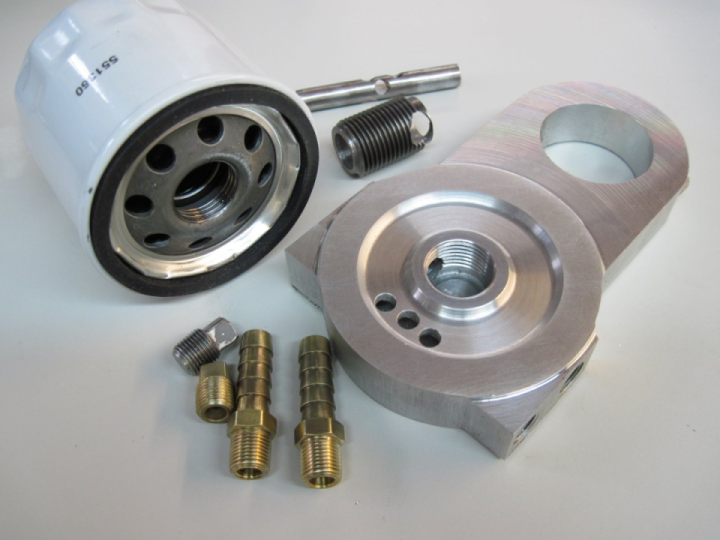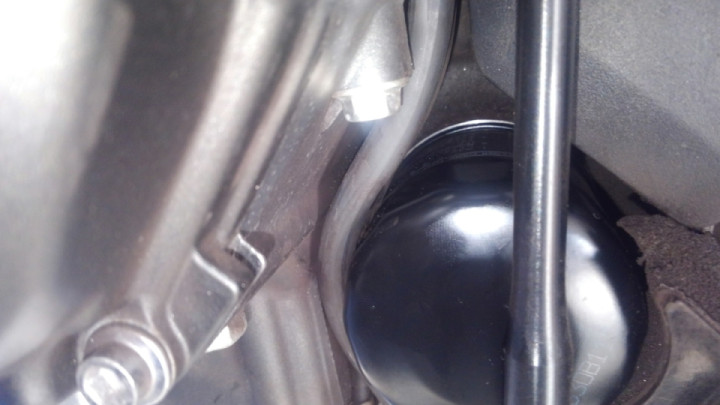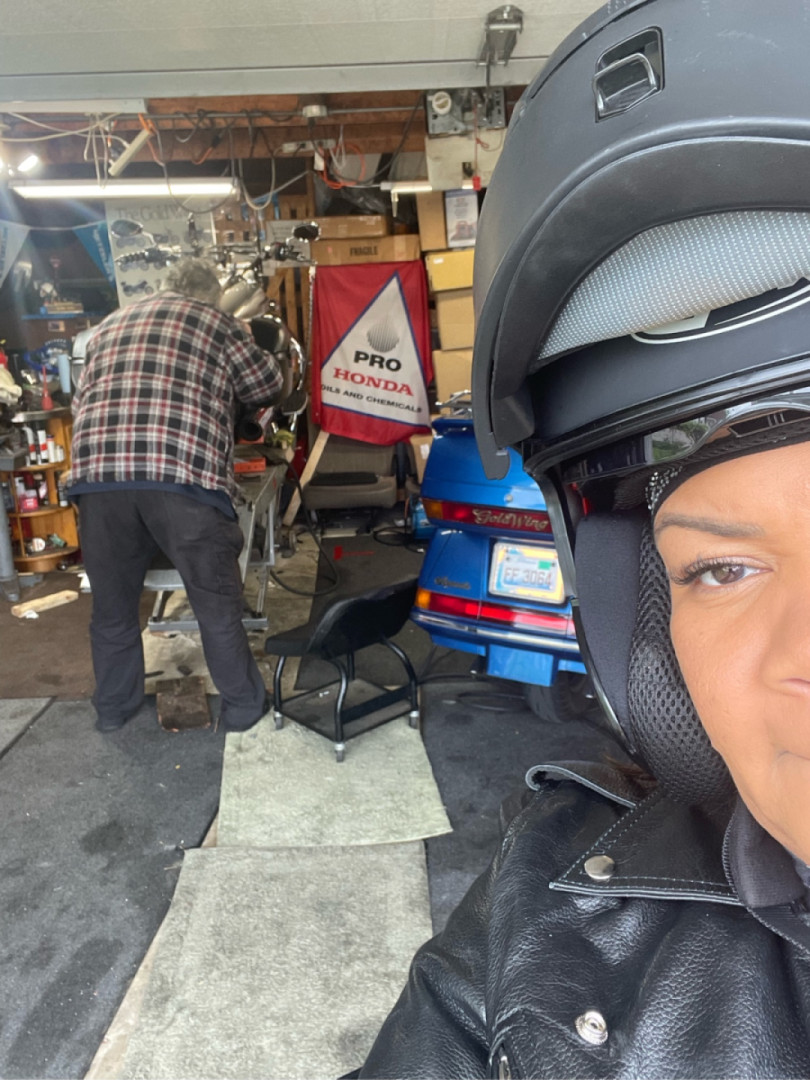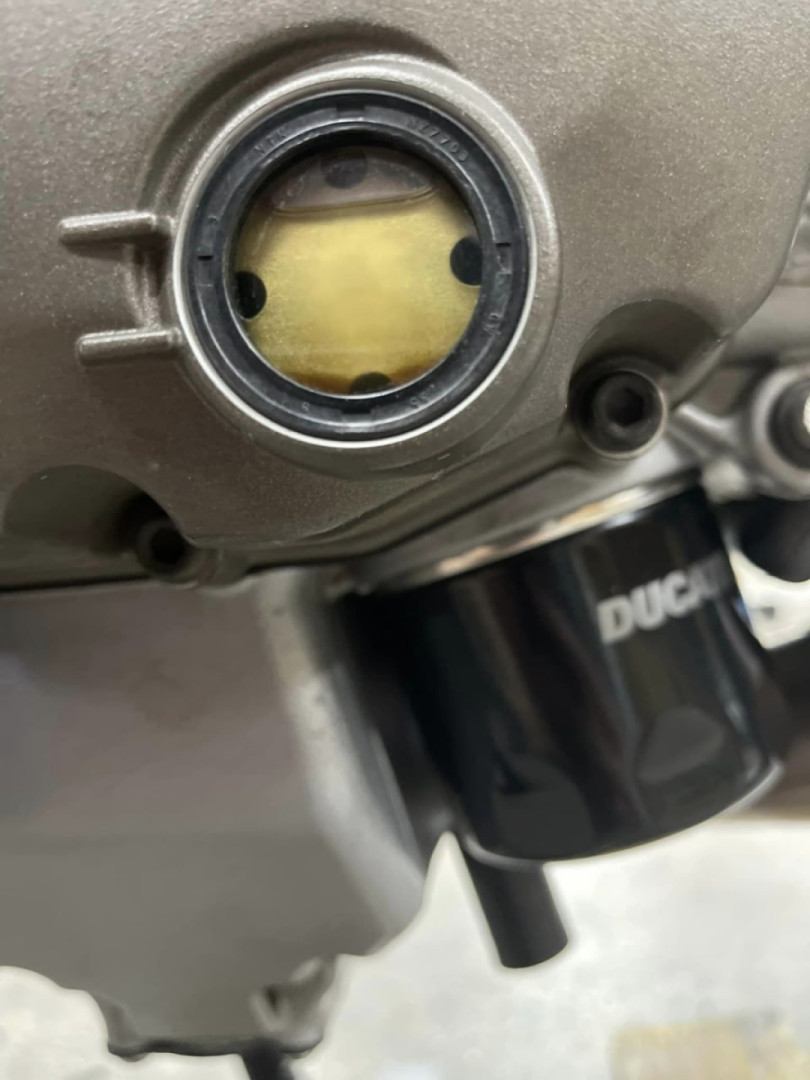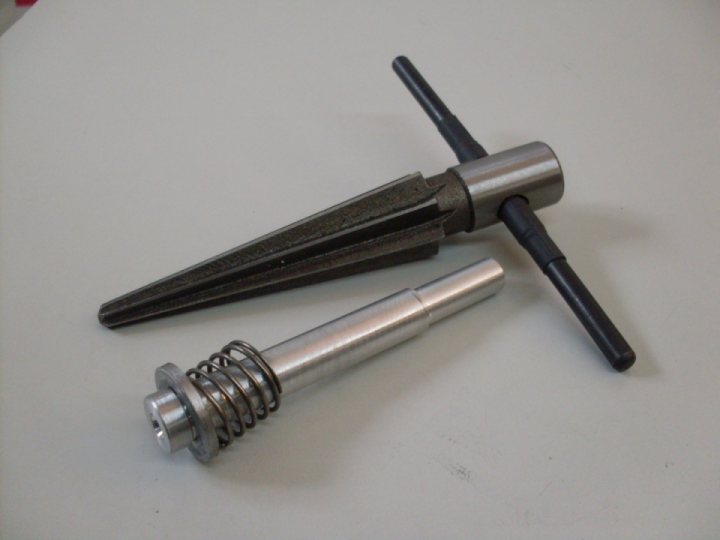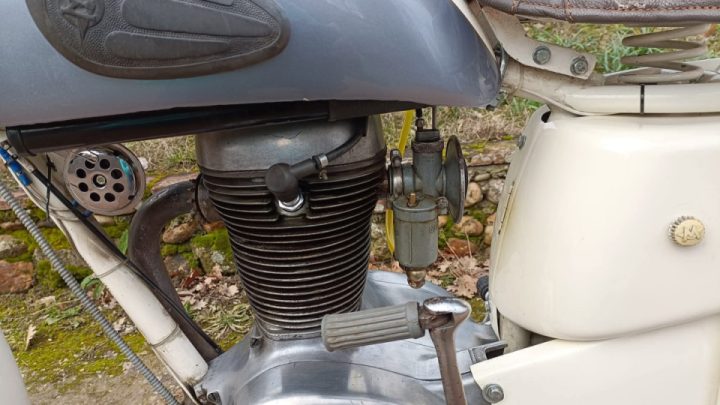Rocker Spindle Oil Grooves
It seems pretty well established in Triumph lore that long about the late 60s, there was a bit of a mixup in a redesign of valve trains. Prior to the redesign, rocker arms were drilled to route oil to the pushrod tips, but there wasn't any explicit provision for lubricating the valve adjuster tips. The design change involved eliminating the rocker arm drilling, and instead grinding a small slot in each end of the rocker to direct oil to those two critical areas. The new design also involved a change in the order of assembly some of the washers on the rocker spindle to make sure the oil went where it was needed. This is the source of the well documented "Thackeray Unpleasantness", wherein some shop manuals took a while to catch up with the new direction, and some bikes even reportedly got assembled incorrectly at the factory.
What is a little less clear about the whole sordid affair is whether oil grooves on the rocker shafts were another another element that got lost in the confusion. Some models apparently did get oil grooves with the other changes, but others didn't, at least until later model years. My '71 Daytona didn't have them, and it is reported that the the T100s never got them.
Here is one of my 42-year old spindles: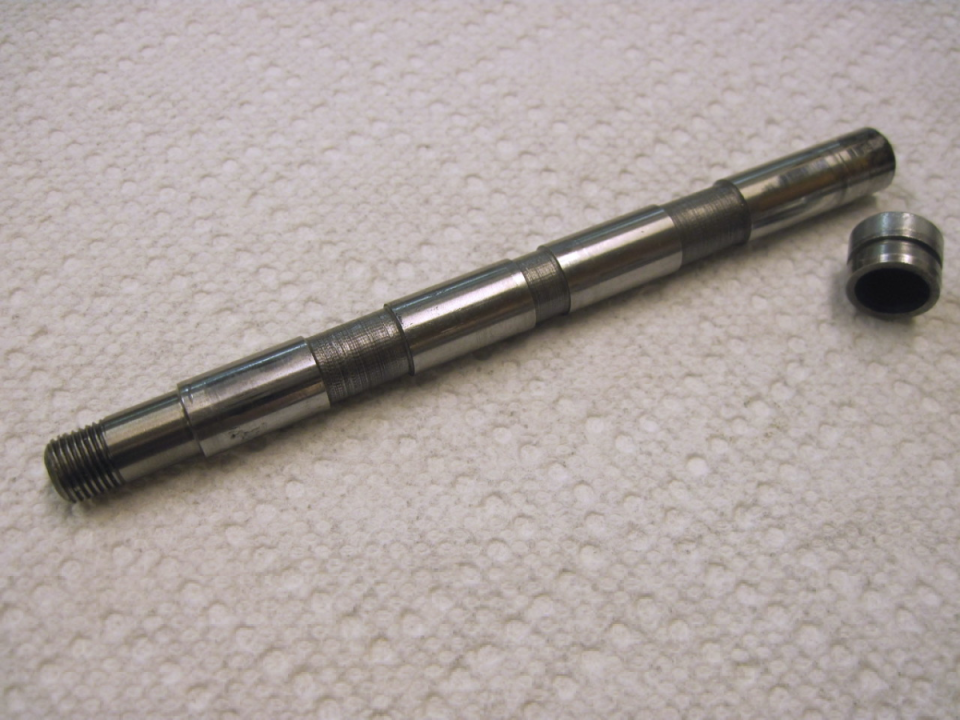
The worrisome thing is that the newly supplied lubrication slots in the ends of the rocker arms were fed by whatever oil migrates through the annular space between the rocker and the spindle, which could be as skinny as 0.00075 inch in a new bike. Couple this with the relatively low oil pressure reaching the rocker boxes, and it makes a guy wonder if grooves were intended for the new design, but fell through the cracks along with the washer placement. Some very knowledgeable people on some Triumph forums have wondered the same thing.
At any rate, it was keeping me from sleeping at night, so I finally decided to fix it. I looked at spindles from other models that did have the grooves, and got some dimensions to go by. I have a little manual milling machine, and after some pretty intense fixturing, I had a setup that I thought would do the job.
One of the reasons this took so long to do is that I already had the engine buttoned up and in the frame, and didn't relish the idea of trearing into it again, even if it was just the rocker boxes. Even though I was advised that it probably wouldn't work, I decided to try to remove and replace the spindles without taking the boxes off. It ended up working out fine, using the two simple little tools shown. The bottom one is the same diameter as the threaded part of the spindle, and has a little protrusion on the end that fits in the hole in the end of the spindle. I used this as a drift to push the spindle out, and left it in place so that everything would stay in place and nothing could fall out.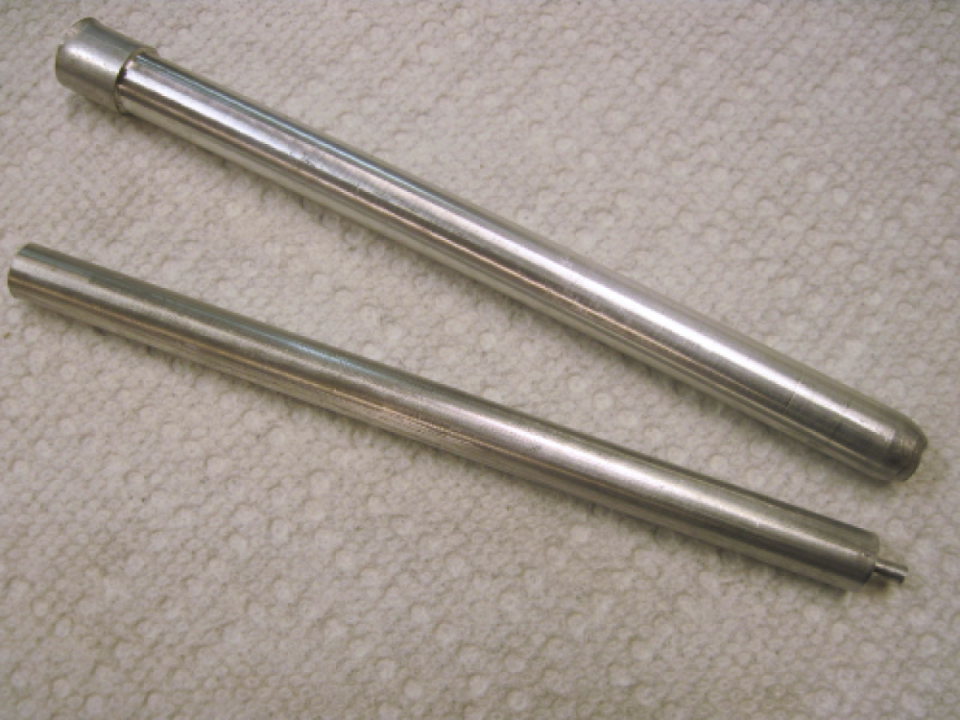
When a spindle was ready to go back in, I used the second tool to push the first one out. The second tool is just slightly smaller than the spindle itself, and has a tapered end. This aligns anything that might have shifted. Then the smaller shaft again carefully pushes the big one out, and then guides the spindle back into place.
Here are the grooved spindles.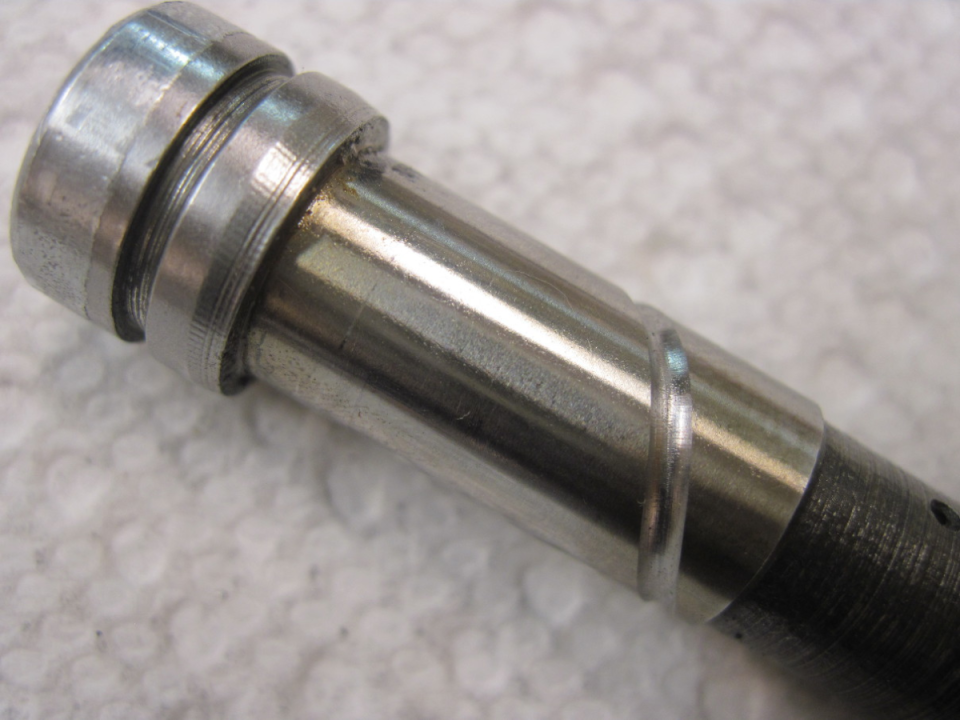
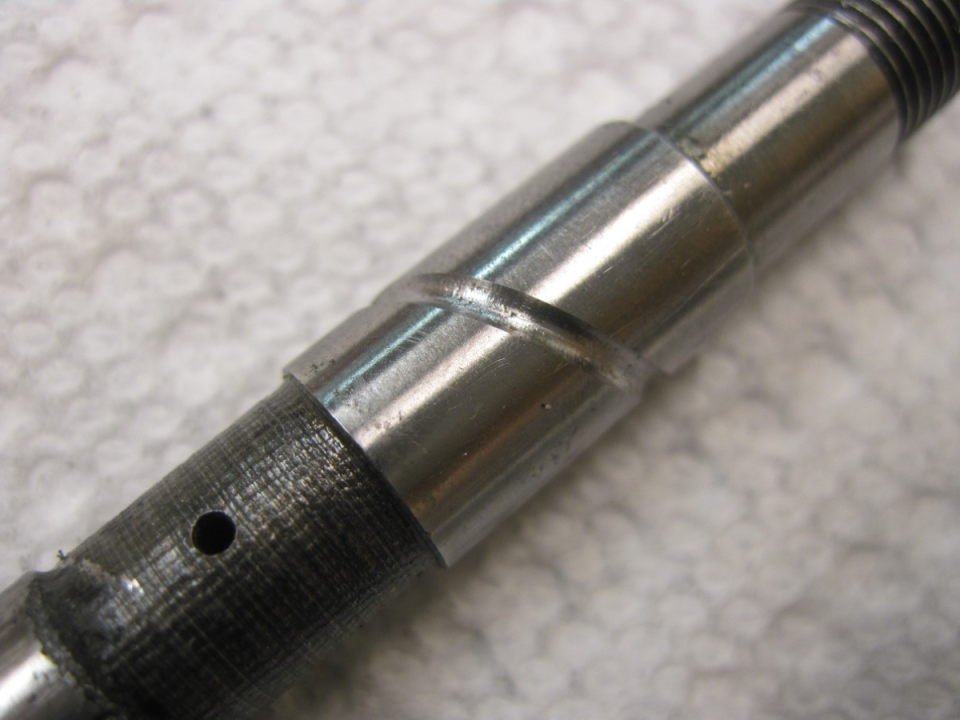
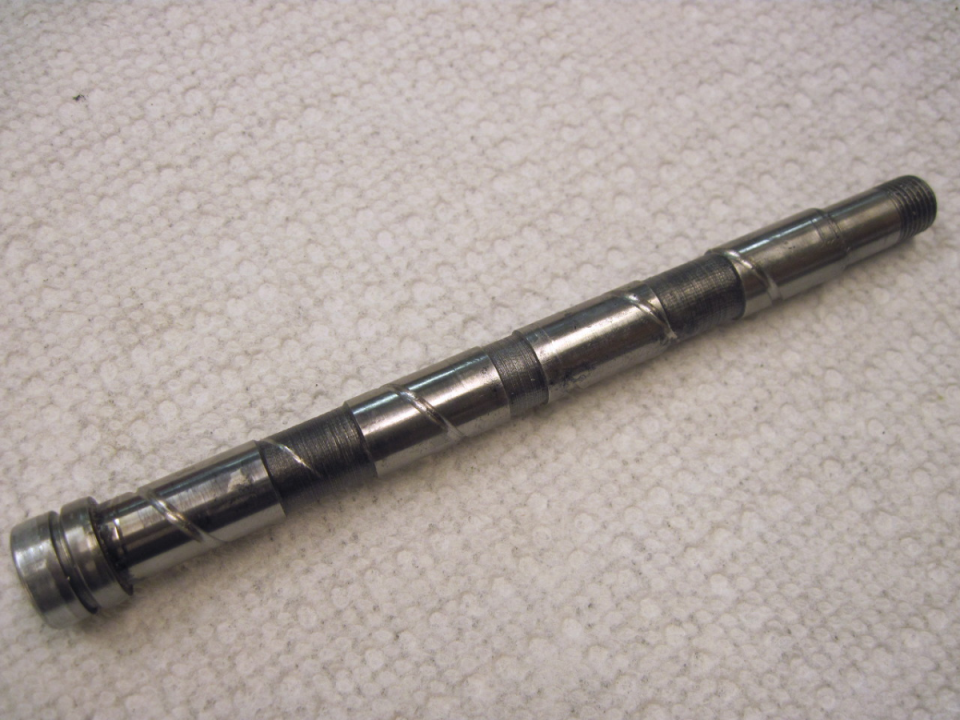
It was a challenging and interesting project, but was it necessary? Who knows, but I am sleeping better.
Comments?
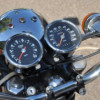
 Follow
1.5K
Follow
1.5K



